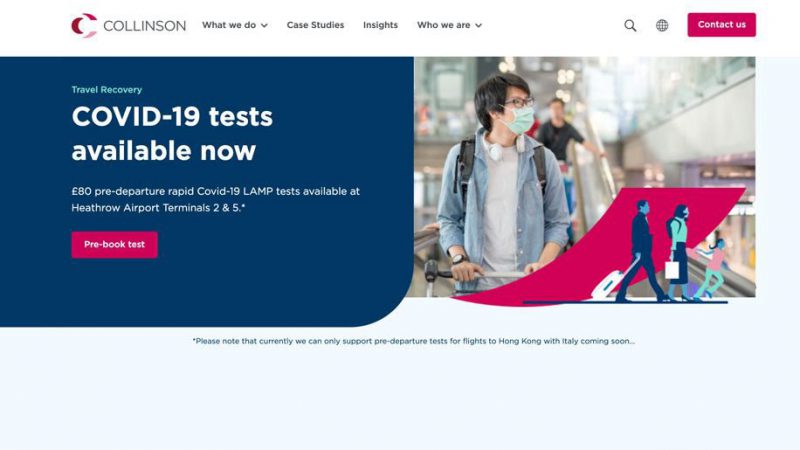Test and Release Programs Can Lead to Shorter Quarantines
Countries are finding success at detecting COVID-19 cases while allowing uninfected travelers to minimize their self-isolation period
November 5, 2020

“Test and release” programs may be one way to free international travel from the current impasse regarding lengthy government-imposed quarantines for arriving passengers. Under the protocols, passengers are tested on arrival in a country and then, after a shorter period of self-isolation or quarantine, are tested once again.
Negative results allow the passenger to be ‘released’ earlier than the current 14 days quarantine period. The travel industry is urging governments worldwide to adopt the protocols in the hope that this would allow more travel than is currently possible.
A variant of the test and release approach has just been launched in the state of New York. Here a pre-travel test is required no fewer than three days prior to arrival, followed by a three-day quarantine and a follow up test on the fourth day. Negative test results allow the traveler to forego the rest of the quarantine period.
The latest research being promoted by the industry is based on results from several countries which have tried test and release which suggest that the programs can be operated safely and successfully.
For example single tests on arrival in Iceland, in Canada at Toronto-Pearson Airport, in France at Paris-Charles de Gaulle, and Jersey detected between 54 and 76 percent of infected travelers.
Iceland’s testing scheme identified 69 percent of infected travelers after one RT-PCR test upon arrival, and a further 21 percent after a second RT-PCR test five days later. The result was 90 percent effectiveness in total following five days of quarantine, taking into account test sensitivity and detectability rates.
A trial in Canada at Toronto-Pearson Airport started on Sept. 3. There, international arrivals at Terminal 1 have been offered a RT-PCR test, followed by two additional self-administered tests seven days and 14 days after arrival. Again considering test sensitivity and detectability rates, 72 percent of infected travelers have been detected by the on-arrival test, 18 percent by the second test, and none by the third test – meaning the testing procedure offers a total 90 percent detection effectiveness after seven days.
These findings add weight to the argument that the research that is used to justify mandated 14-day quarantine periods, such as the one imposed in the UK, is significantly underestimating the effectiveness of air passenger testing programs, according to a recent analysis by Edge Health and Oxera.
Public Health England (PHE) paper which the government has been relying on concluded that airport testing would identify only ‘7 percent’ of virus cases.
“The evidence from other countries suggests how beneficial a testing regime is when compared to a blanket 14-day quarantine policy,” George Batchelor, co-founder and director of Edge Health, said. “The combination of testing with a short quarantine period would also be effective, in advance of a common international standard on testing, with data from Iceland providing clear evidence that there is little to be gained by introducing a seven-day period, over a five-day one.”
To date, over 30 countries, including Costa Rica and Jamaica, have introduced a form of passenger testing. In addition to New York, the state of Hawaii is also offering a pre-arrival testing program to curtail the requirement for travelers to submit to a long quarantine period.




